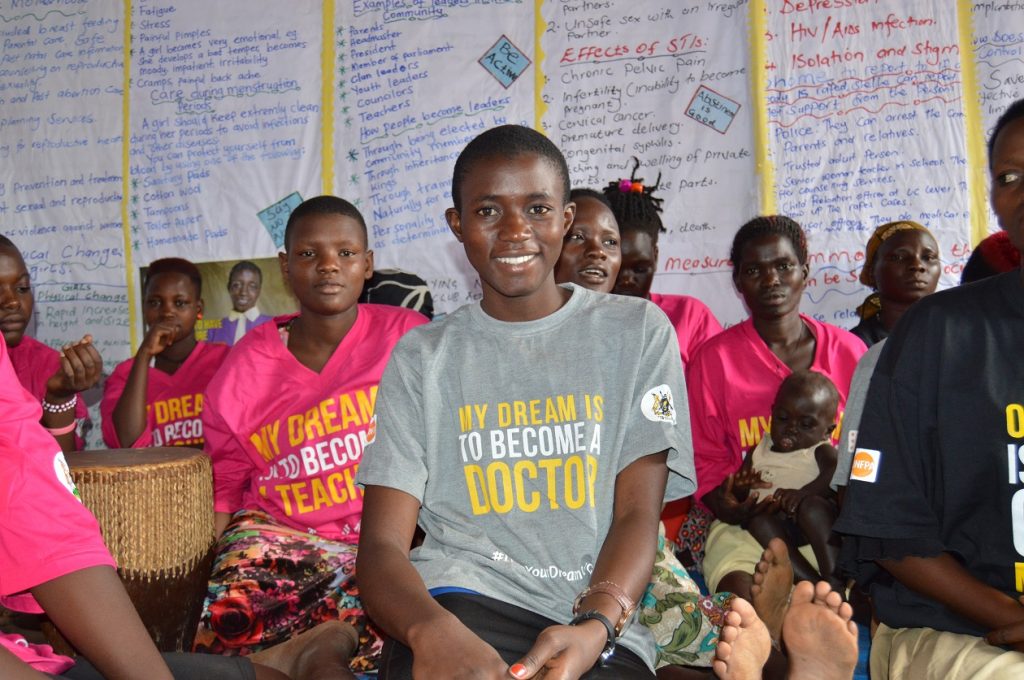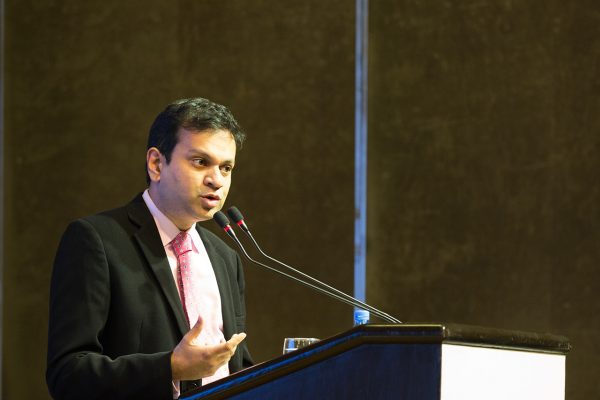Reading Time: 3 minutes
It is no secret that Uganda’s infrastructure projects are extending beyond the capital city. However, it is a double-edged sword. There exists the ‘invisible’ effect, the dark side of these projects – especially for children and women.
Driving through a road undergoing construction from Hoima to Kagadi, I felt a sense of excitement and pride seeing the opportunities that the establishment of Uganda’s first oil refinery was promising to bring- not only to this region, but to the country as a whole.
Suddenly, the car screeched to a quick halt as two school children ran playfully across the road. I was quickly reminded of the reason for my trip, an unfortunate incident that had befallen a child, a near fatal incident, unlike the ones that are supposed to be gleefully on their way.
She was only 10 years old. Her entire life lay before her as she strolled along the road on her way home. Little did she know that everything would change that day.
Lured by trappings of childhood desires, her life took a turn for the worse as someone she thought of as a ‘leader and protector’ defiled her. Distraught and terrified, she needed to find answers, to become whole again, to right the wrong.
But how? Her parents? The police? Perhaps the hospital? She decided to take solace in her mother.
“Don’t talk about it, you will be okay. Tell no one.”
That was all the solace her mother would give her; the fear of stigmatisation overbearing her sense of protection to her child. The words, “we cannot be shamed” ringing in her ears as she cried herself to sleep.
This incidence is prevalent in rural Uganda. Over 50% of Uganda’s children are living in vulnerable situations: they are either orphans, homeless, child labourers, or children residing in a household headed by another child. Many are unfortunate young mothers.

Research has shown that adolescent clubs help girls to stay in school, become more financially literate and communicate more confidently.
Violence against children is a common scenario and an accepted norm within homes and communities; the knock-on effect is the violation of children’s rights.
It is no secret that Uganda’s infrastructure projects are extending beyond the capital city; be it the construction of Uganda’s first oil refinery in the Albertine Region or the Kamwenge and Kabarole water project. Uganda’s national road authority is currently overseeing almost 50 development projects across the country. With these large projects underway, there are multiple opportunities for economic growth, new transport corridors, new energy sources, and new job opportunities- all of which are beneficial for a country; and Uganda definitely needed this.
These projects quickly develop a honeypot effect leading to large labour influxes; where people are attracted like bees to honey. So the arrival of skilled and unskilled workers, migrant workers, and multiple subsidiary services, both legitimate and illegitimate begins.
However, it is a double-edged sword. There exists the ‘invisible’ effect, the dark side of these projects, the deterioration of child safety and the sudden vulnerability of not only the children, but also women.
At the end of 2015, World Bank pulled the plug on $265 million transport scheme following allegations of sexual misconduct especially as construction workers were targeting schoolgirls. This decision was later reversed as new safeguards were put in place, and the Ministry of Gender, Labour and Social Development swore to increase their participation in violence against children (VAC) and gender-based violence prevention (GBV) programmes, and utilisation of multi-sectoral services for survivors of violence were implemented.
Without measures to safeguard these children from both violence and exploitation, the cycle of vulnerability shall continue robbing them of their rights to experiencing childhood in dignity; to learn, to play, to grow, to feel safe, and to be healthy.
This is a story we are hoping to rewrite with BRAC’s intervention in mitigating social risk through empowerment and livelihoods for adolescent (ELA) girls club. Our prevention efforts and response to violence against children include raising awareness and reducing the social acceptance of such practices. We are also raising community dialogue on sensitive issues and calling on community members to be accountable in child protection efforts. We also provide emergency support services to survivors that include psychosocial counselling and support, as well as adequate healthcare.

We are increasing our shared reach to prevent and respond to GBV and VAC through solid partnerships with agencies including World Vision, IJM, COHEPCO, Raising Voices, World Bank amongst many others, spearheaded by the Ministry of Gender, Labour and Social Development.
This year’s theme for the Day of the African Child was “Leave No Child Behind for Africa’s Development”. The future of this country lies within the growing population, and we cannot leave them at jeopardy. It is crucial that we take responsibility and do more to protect the future of Uganda’s children. After all, it is said that it takes a village to raise a child, and we must do our part to end violence against children.
We operate over 12,000 adolescent clubs in Uganda, Sierra Leone, Tanzania, South Sudan, Liberia, Nepal and Bangladesh. The clubs provide safe spaces where young women are learning sports, life skills, social confidence and entrepreneurship. They share experiences, receive training and build networks. Research has shown that clubs help girls to stay in school, become more financially literate and communicate more confidently.
Siki Kigongo is the communications manager for BRAC Uganda.





